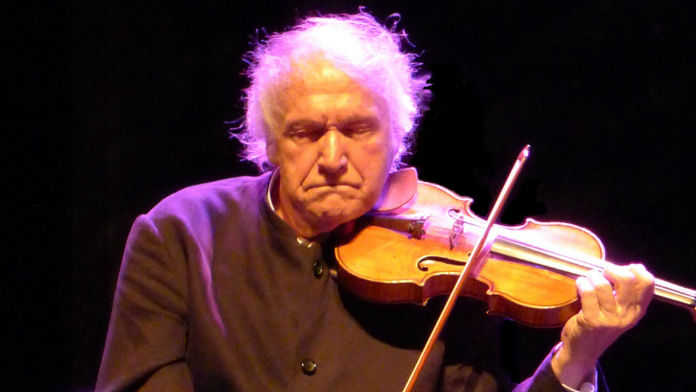
“Sheet music is a bunch of black marks; they have no significance … I play violin, but in order to play well you have to be much more than a violin player. There is an entire world that lives together with it, like the currents in the ocean; and in any event, often I don’t use sheet music at all, but improvise.” (IG, October 2012)
“what is your motto?”) “… to be alive, to be aware, to hear, to know, to feel, to see, to love, to be loved a little bit sometimes.” (IG, July 2011)
“… don’t be so polite with the music, it’s like being in love!” (IG, during a masterclass, 31 October 2011)
Ivry Gitlis (Hebrew: עברי גיטליס; born 25 August 1922) is an Israeli virtuoso violinist and UNESCO Goodwill Ambassador. He has performed with the world’s top orchestras, including the London Philharmonic, New York Philharmonic, Berlin Philharmonic, Vienna Philharmonic, Philadelphia Orchestra, Israel Philharmonic Orchestra, and many more.
Yitzhak-Meir (Isaac) Gitlis was born in Haifa, Palestine Mandate to Jewish parents, who emigrated in 1921 from Kamianets-Podilskyi, Russia, now Ukraine.
Gitlis acquired his first violin when he was five years old and started lessons under Mme Velikovsky together with his friend Zvi Zeitlin. He then studied privately with Mira Ben-Ami, a pupil of Joseph Szigeti. When he was eight, she arranged for him to play for Bronisław Huberman, which prompted a fundraising campaign to allow him to study in France.[3z
In 1933 he arrived with his mother in Paris and started to take lessons with Marcel Chailley, husband of the pianist Céliny Chailley-Richez. Being very close to their family, he was introduced to George Enescu and Jacques Thibaud. In that period he decided to change his birth name (Isaac) ) to Ivry. At 11, Gitlis (Jitlis) entered the Conservatoire de Paris in the class of Jules Boucherit, and graduated in 1935.
In 1938–1940, his teachers included George Enescu and Jacques Thibaud in Paris and Carl Flesch in Spa, Belgium and later in London.
World War 2
In 1940, during World War II, he went to London where he first worked for two years in a war factory and was then assigned to the artists branch of the British Army. He gave numerous concerts for the Allied soldiers and in war factories. After the war he made his successful debut with the London Philharmonic Orchestra and subsequently played with the BBC and all other principal orchestras of Great Britain.
1950s
In 1951, as suggested by his teacher Alice Pashkus, he participated in the Long-Thibaud Competition in Paris, where he took fifth place. During the preliminary stages of the competition, a rumor circulated that he had stolen a Stradivarius violin during the war, which caused a scandal on the day of the final. Six years after the fall of Hitler, being a Jew in France was still causing debate. In the same year, Gitlis made his debut in Paris, playing in a recital at the Salle Gaveau, sponsored by the music manager Marcel de Valmalète (9 July 1951).
In the 1950s, he moved to the United States where he met Jascha Heifetz. There he made several tours, managed by Sol Hurok, including those conducted by Eugene Ormandy (Tchaikovsky, in Philadelphia) and George Szell (Sibelius, on 15,16 and 18 December 1955 in New York). Back in Europe, between 1954 and 1955, he recorded for the Vox label concertos by Berg (Violin Concerto “To the memory of an angel”, coupled with “Chamber Concerto” -Vox PL 8660- which was awarded with a “Grand Prix du Disque” in 1954), Tchaikovsky, Mendelssohn, Stravinsky (Violin Concerto, coupled with “Duo Concertant”) and with the conductor Jascha Horenstein, Bartók, Bruch and Sibelius. His recording of Bartok’s 2nd Violin Concerto and Solo Violin Sonata -Vox PL 9020- received the “Best Record of the Year” award from the New York Herald Tribune in 1955.
1960s
In 1963, he was the first Israeli violinist to play in the Soviet Union. He gave a series of concerts under the cultural exchange program of the Soviet Union and Israel, starting in Vilnius (23 October 1963). His other concerts were given in Moscow, Leningrad, Kiev and Odessa.
In 1968, he participated in The Rolling Stones Rock and Roll Circus film project, performing “Whole Lotta Yoko” with Yoko Ono and The Dirty Mac, recently released on DVD.
Many composers were fascinated by his sound and way of playing, among whom René Leibowitz who dedicated the “Violin Concerto Op.50” (1958) to him; Roman Haubenstock-Ramati with “Sequences” for Violin and Orchestra (1958); Bruno Maderna writing “Pièce pour Ivry” (1971), which Gitlis never recorded commercially, but recorded live in Paris on 25 May 1983; Yannis Xenakis with “Mykka(s)”, which Gitlis premièred in 1972; Charles Harold Bernstein with two works for solo violin, inspired by Gitlis, “Rhapsodie Israélienne” and “Romantic Suite” (1984).
1970s
In 1972, Gitlis founded the Festival de Vence, famous for its innovative programming. He is also the inspirer and organiser of the Saint André de Cubzac, Alfortville and Bonifacio Music Festivals.
In 1975, he undertook a dramatic role, as Hypnotist in François Truffaut‘s film, The Story of Adele H.
He has often visited Japan where he is very popular.
1990s
In 1990, Gitlis was designated UNESCO Goodwill Ambassador. His stated aim is the “support of education and culture of peace and tolerance”.
2000s
Gitlis (aged 96) with pianist Martha Argerich, after a joint performance at the Israel Philharmonic, Tel Aviv, 2018.
Ivry Gitlis is a commentator (along with Itzhak Perlman) all the way through the DVD The Art of Violin (2000), which showcases violin performances and gives biographical details of many of the great violinists of the twentieth century.
In 2008, he became patron of the Paris-based association “Inspiration(s)”, whose aim is to make classical music accessible to all. He is a Fellow of the Royal Northern College of Music.
Violins
At various stages in his career, Gitlis played on a 1699 Giovanni Battista Rogeri, which he sold to famed violin author Sidney Bowden,[17] the 1737 “Chant du Cygne” Antonio Stradivari, and the 1740 “Ysaye” Guarneri del Gesù. Ivry Gitlis currently owns the 1713 “Sancy” Antonio Stradivari.
https://en.wikipedia.org/wiki/Ivry_Gitlis
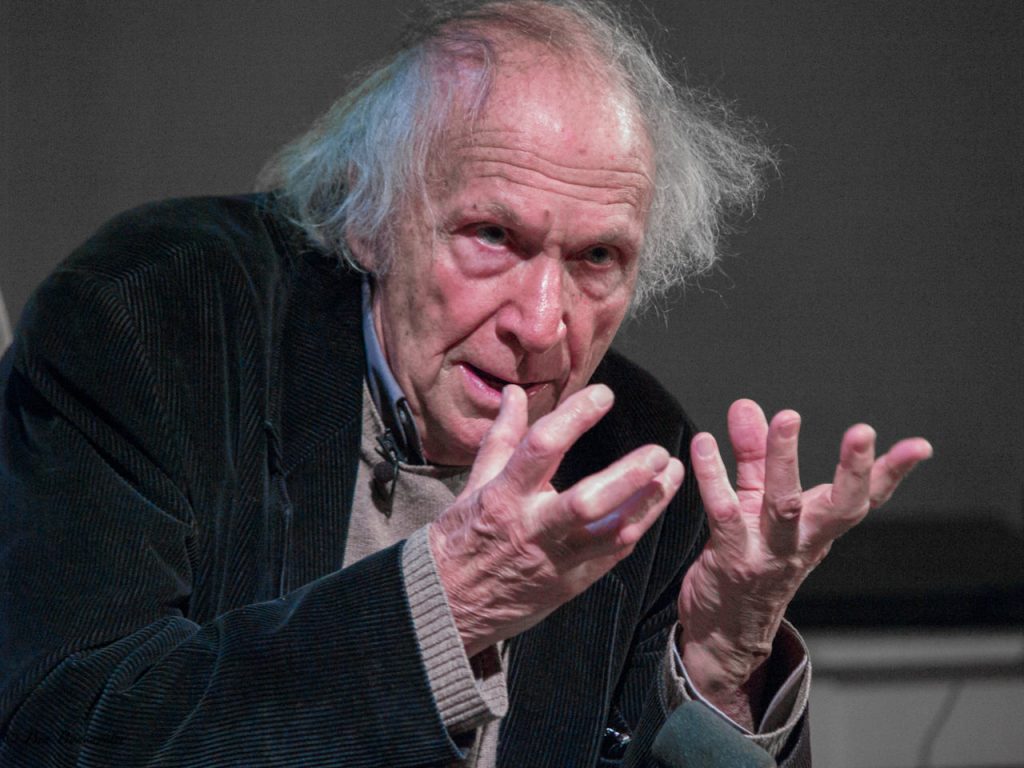
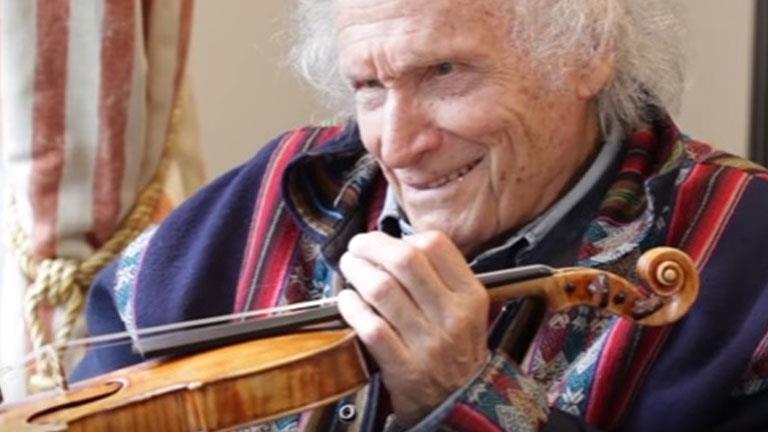
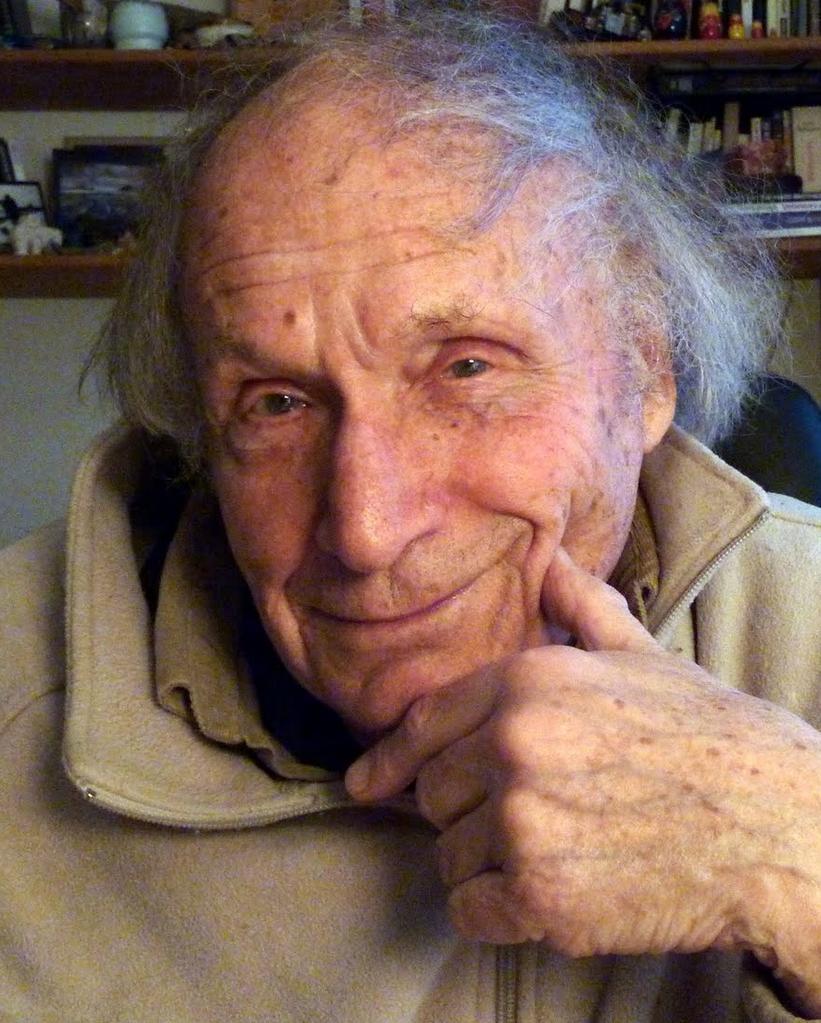
Mélodie in E flat major, Op. 42/3 “Chant sans paroles” (No. 3 from Souvenir d’un lieu cher) A brief piece for violin and piano by Russian composer Pyotr Ilyich Tchaikovsky (1840-1893), performed by violinist Ivry Gitlis and pianist Shigeo Neriki.
FAMOUS & RARE CLASSICAL PIECES performed by the INSPIRED Ivry GITLIS, Violin and Shigeo NERIKI, Piano. Recorded in Japan, Tokyo, ARAKAWA PUBLIC HALL, (July 1985) FULL ALBUM, Total Time : 74.33 mn. [HD] [ CD – DDD – EMI-Classics – 1985 ]
HOPE YOU ENJOY THIS WORK OF GENIUS ; INCREDIBLE GITLIS ! TRACKS : ( Titles in French) in English in the video. 00:00 1- POLDINI : Poupée valsante 02:32 2- Claude DEBUSSY : La fille aux cheveux de lin 05:02 3- Anton DVORAK : Humoresque 08:38 4- Sergueï RACHMANINOV : Marguerite 11:50 5- KREISLER : Caprice viennois 15:55 6- Ernest BLOCH : Nigun, Improvisation ( “Baal Shem”) 21:56 7- DVORAK : Les chansons que ma mère m’apprenait Op.55 24:50 8- Piotr Ilitch TCHAÏKOVSKI : Mélodie Op.42 28:29 9- WIENIAWSKI : Capriccio-valse Op.7 35:32 10- KREISLER : Liebesleid 39:49 11- Trad. : Londonderry Air 44:08 12- DINICU : Hora Staccato 46:28 13- Jules MASSENET : Méditation de Thaïs 51:00 14- PAGANINI : Cantabile 54:55 15- TCHAÏKOVSKI : Valse sentimentale Op.51 N°6 57:28 16- KREISLER : Schön Rosmarin (2.00) 59:32 17- Felix MENDELSSOHN : Sur les ailes du chant Op.34 1:03:12 18- RAVEL : Pièce en forme de Habanera 1:06:05 19-SARASATE : Airs bohémiens Op.20 [ PICTURES & MUSIC BELONG TO THEIR RESPECTIVE OWNERS and ARE NOT OWNED BY LAMIRAL45 ]
Ontroerend moment in de studio: 95-jarige vioollegende Ivry Gitlis speelt de Sicilienne van Maria Theresia von Paradis, samen met Mike Boddé. Zijn leerling Daniel Rowland luistert.

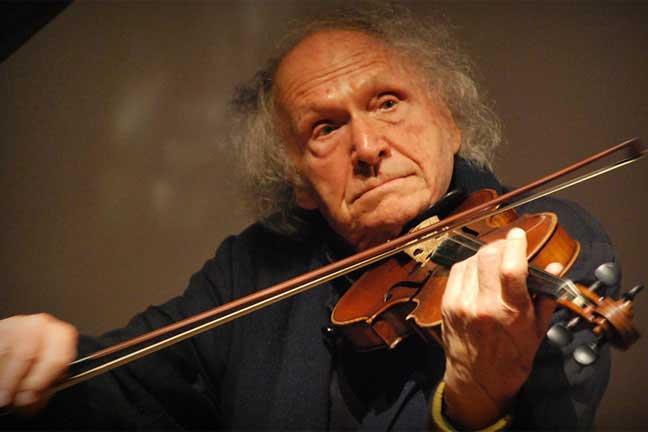
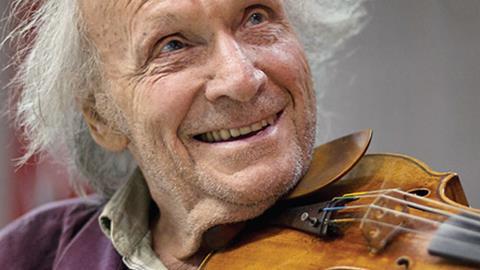
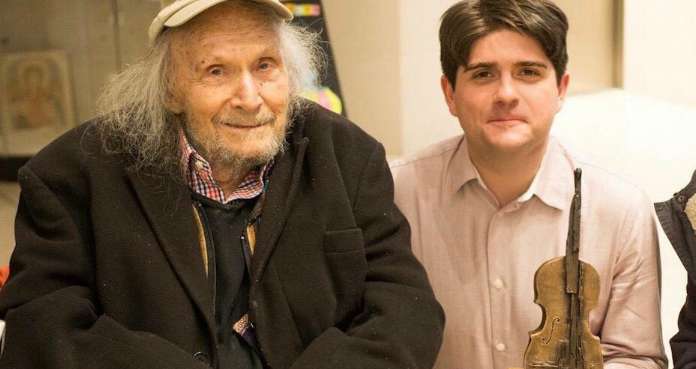
Paganini: 24 Caprices pour violon seul, Op.1 – Caprice N° 6 En Sol Mineur (Lento) · Ivry Gitlis Ivry Gitlis – Portrait ℗ 2007 Decca Records France
https://www.youtube.com/watch?v=iq0GI0jBmis Ivry Gitlis “Die Violine ohne Grenzen”
Ivry Gitlis “Die Violine ohne Grenzen”
Celebrated Israeli violinist Ivry Gitlis has died in Paris aged 98, his family has said.
A hugely charismatic figure with a passion for experimentation, Gitlis has been described as one of the modern greats of classical music.
He played with the world’s finest orchestras but was said to be equally at home performing with rock stars and jazz virtuosos. In 1955, he became the first Israeli musician to play in the Soviet Union. Gitlis was also a staunch advocate of the Israeli-Palestinian peace process. He was born in 1922 in Haifa to Jewish parents who had left what is now Ukraine. He first started playing the violin when he was six years old. “How did I start playing? I simply wanted a violin, even though I was so small that I couldn’t even play it. But I decided. I chose violin, and at age six I began,” Gitlis was quoted as saying by AFP news agency. He carried on playing well into his 90s. As well as having a successful music career, he was a goodwill ambassador for the UN. https://www.bbc.com/news/world-middle-east-55444610
Israeli violin genius Ivry Gitlis dies at 98; found fans far beyond the elite
Haifa-born virtuoso was as comfortable playing with the Rolling Stones or Stephane Grapelli, African storytellers or gypsies, as he was with classical repertoire
PARIS, France — Israeli virtuoso violinist Ivry Gitlis has died in Paris aged 98, his family told AFP Thursday.As one of the modern greats of classical music, he not only performed with the best orchestras in the world but never stopped experimenting, seeking new fans far beyond the elite.Gitlis was as comfortable playing with the Rolling Stones or jazzman Stephane Grapelli as he was with classical repertoire. Hugely charismatic, he took “the time to meet people, to seduce them, to learn to like them,” Le Parisien newspaper wrote of the musician, who lived in the French capital.
With disheveled white hair and piercing blue eyes, the maestro had a reputation for being whimsical, wild and narcissistic, playing eyes closed, often improvising rather than using sheet music. The first Israeli artist to perform in the Soviet Union in 1955, Gitlis was also a staunch advocate of the Israeli-Palestinian peace process and a goodwill ambassador for the UN’s cultural organization UNESCO.
‘Born’ playing
Gitlis was born on August 25, 1922, in Haifa to Jewish parents who had left what is now Ukraine for Palestine, then under British rule. When he was five his parents bought him a violin. “How did I start playing? I simply wanted a violin, even though I was so small that I couldn’t even play it. But I decided. I chose violin, and at age six I began,” he said. “Even if he waited until the age of five to hold his first instrument, he gives the impression of being born with it,” the music critic of France’s Nouvel Observateur magazine wrote in 2013. Israeli violinist Ivry Gitlis performs during a rehearsal with Una Stella Baroque musical ensemble in Marseille, southern France, August 9, 2011. (Bertrand Langlois/AFP)
Israeli violinist Ivry Gitlis performs during a rehearsal with Una Stella Baroque musical ensemble in Marseille, southern France, August 9, 2011. (Bertrand Langlois/AFP)
When he was nine Gitlis met Bronislaw Huberman, the founder of the Israel Philharmonic Orchestra, who recognized the boy as a prodigy and collected money for him to travel to France. At 11 Gitlis entered the Paris Conservatory and two years later won the prestigious institution’s top prize. When World War II broke out he fled to London, hoping to join Britain’s Royal Air Force, but was instead put to work performing in military camps, hospitals and munitions factories.
Man of the people
His career took off in 1951 after a scandal during a music competition when the jury went against the public and only gave him fifth place.Gitlis debuted in the US in 1955 and went on to tour the world, playing under top conductors and with the very best orchestras, including the philharmonics in New York, Berlin, Vienna and Israel. Everywhere he went he enchanted audiences and received long standing ovations. “His ravaging intelligence, his legendary skill, his hypersensitivity, the startling contrast of his harsh and sensitive playing have made of him a huge artist but also a man of the street, close to people and life,” another French critic wrote. He distinguished himself playing Bartok, Paganini, Sibelius and Tchaikovsky, but was also sought out contemporary composers to perform like Bruno Maderna and Iannis Xenakis.Gitlis also dabbled in acting, including cinema appearances in Francois Truffaut’s “The Story of Adele H” (1975) and as a violin-playing vagrant in an Inspector Maigret film. A father of four, three of whom were with the German actress Sabine Glaser, he continued giving concerts until very late in life.
https://www.timesofisrael.com/israeli-violin-genius-ivry-gitlis-dies-at-98-found-fans-far-beyond-the-elite/
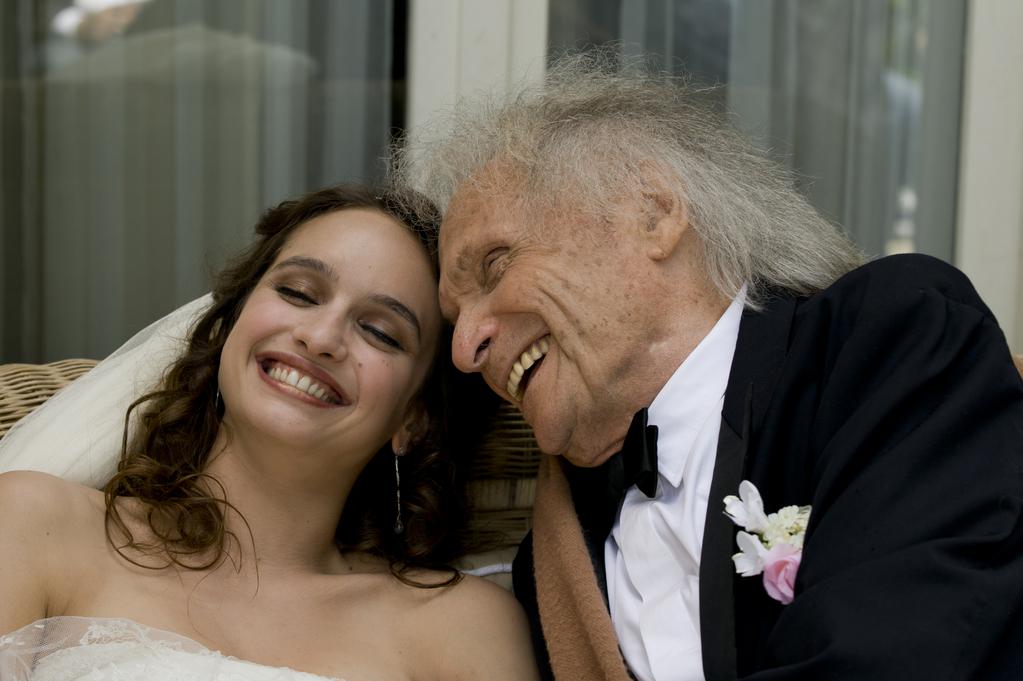
https://www.youtube.com/watch?v=OBfQXKplBWA
The great violinist Ivry Gitlis stars in a new film that opens in French cinemas tomorrow. In the Danièle Thompson-directed ‘Des gens qui s’embrassent’ (People Kissing), Gitlis plays Aron (pictured), the patriarch of a Jewish family that comes together for a funeral and a wedding. Comedic tensions are played out in the conflict between two brothers, one a yacht-owning playboy-type, and the other an ultra-religious violinist. The film also stars Monica Bellucci.
Aged 90, the Paris-based, Israeli-born Gitlis is no stranger to the movies. He starred as a hypnotist opposite Isabelle Adjani in Truffaut’s 1975 film ‘L’histoire d’Adèle H.’, and in 2003 he was the enigmatic Monsieur Click in the award-winning arthouse drama ‘Sansa’. There have been several cameo roles too, as well as an appearance in a 1982 episode of the TV detective series ‘Maigret’. Gitlis himself was the star of a 2004 documentary film, ‘Ivry Gitlis and the Great Tradition’, which was released on DVD in 2012. https://www.thestrad.com/ivry-gitlis-movie-star-legendary-violinist-back-on-screen-at-the-age-of-90-in-new-french-comedy/3186.article
Depuis la disparition d’Ida Haendel, au mois de juin de cette annus horribilis 2020, Ivry Gitlis était le dernier géant du violon à avoir traversé le XXe siècle. Fort d’une âme authentique et d’un tempérament farouchement indépendant, il fut non seulement l’un des plus prodigieux violonistes de l’après-guerre, mais encore l’un des ultimes témoins d’une élite particulière d’interprètes. Celle dont le son était une signature.
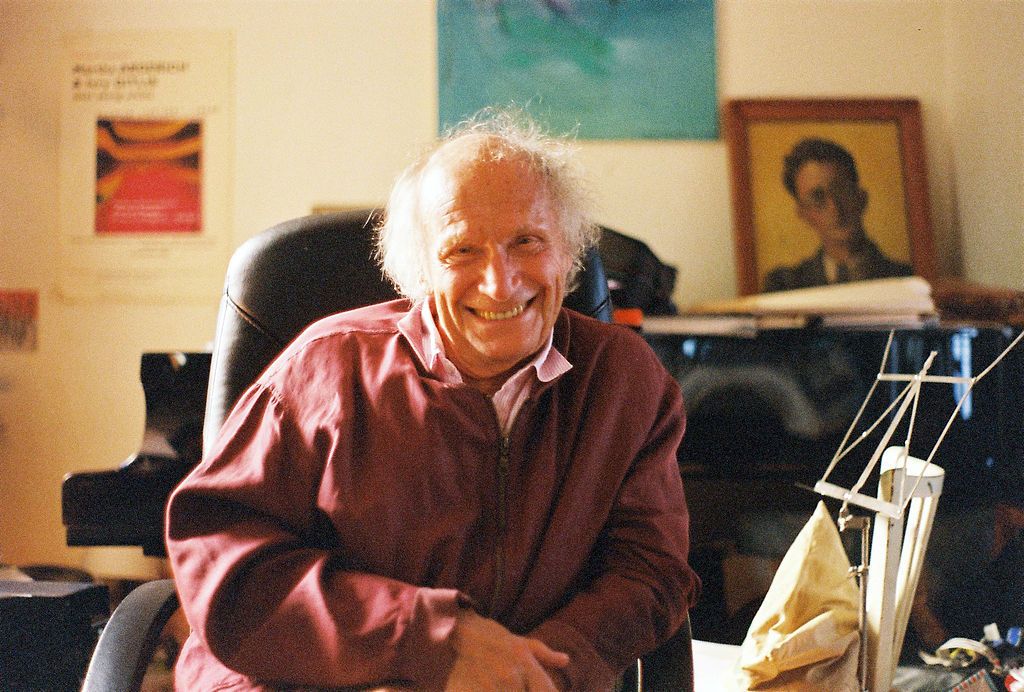
Élève de Boucherit, Flesch, Enesco et Thibaud
Ivry Gitlis naquit à Haïfa dans une famille d’origine russe le 25 août 1922. Il débute le violon à l’âge de 5 ans et étudie tout d’abord avec une élève d’Adolf Busch, puis avec une ancienne élève de Joseph Szigeti. Il donne son premier concert à Tel Aviv à 9 ans. Il est remarqué par Bronislaw Huberman qui conseille à sa famille de l’envoyer au Conservatoire de Paris où il travaille pendant deux ans avec Jules Boucherit et obtient un 1er prix à 13 ans. Il étudie ensuite durant plusieurs années avec Carl Flesch en Belgique et à Londres, aux côtés de Ginette Neveu et de Josef Hassid. Il travaille également avec Georges Enesco puis à la fin des années 1930 avec Jacques Thibaud, deux maîtres pour lesquels il gardera une longue affection. En 1940, il se réfugie en Angleterre où il reste jusqu’à la fin de la guerre, travaillant dans une usine d’armement, tout en se produisant régulièrement pour les troupes britanniques. Il fait ses débuts en récital à Londres durant la saison 1946-1947, jouant la sonate pour violon seul de Bartók, écrite deux ans plus tôt pour Yehudi Menuhin. En 1951, il se rend aux États-Unis pour étudier auprès du pédagogue Théodore Pashkus.
Des débuts fulgurants
La même année, il se présente au Concours Long-Thibaud, où il n’obtient qu’un 5e prix ce qui provoque un scandale dans le public. L’injustice est réparée quelques semaines plus tard par l’organisateur de concert Georges de Valmalète qui lui organise un récital Salle Gaveau. Il fait ainsi des débuts parisiens triomphaux sur le Guarneri del Gesù ayant appartenu à Ysaÿe qui lui a été prêté pour l’occasion. En 1954, il grave ses premiers disques pour Pathé-Vox et son enregistrement du concerto de Berg obtient un Grand Prix du Disque. L’année suivante, il fait ses débuts américains et joue sous la direction de George Szell et d’Eugene Ormandy. Au cours de ses séjours outre-Atlantique, il rencontre souvent Jascha Heifetz, qui l’invite à participer à ses soirées de musique de chambre. En 1963, il est le premier artiste israélien à se produire en URSS. Avec un son et un vibrato pour signature, comme ses prestigieux aînés Elman, Menuhin ou Heifetz.
Un musicien hors normes
Atypique, Ivry Gitlis aime improviser ou mêler les genres musicaux, et il joue avec le même bonheur répertoire classique, jazz ou musique tzigane. Son naturel généreux et sa formidable spontanéité le conduisent à porter son amour de la musique dans les villages, les usines, les prisons ou même au front pour les soldats pendant la guerre en Israël. Il joue en duo et enregistre avec Tasso Janopoulo ou Martha Argerich. En 1972, il fonde le Festival de Vence, ouvert aux jeunes où interprètes et auditeurs se rencontrent en toute liberté autour de la musique. Une liberté qui est la marque de ce musicien hors normes, hors modes. Au début des années 1980, il se tourne également vers l’enseignement et participe à diverses Académies d’été dont celle du Mozarteum de Salzbourg. En 1982, Ivry Gitlis participe au Festival célébrant le 100e anniversaire de la naissance de Bronislaw Huberman aux côtés d’Isaac Stern, Itzhak Perlman, Pinchas Zukerman, Shlomo Mintz et Ida Haendel. Les années n’ayant pas de prise sur lui, il poursuit ses activités de soliste jusqu’à un âge très avancé, notamment au Japon où le public le vénère. A l’automne 1996, il fait un retour éclatant sur la scène londonienne, fêté par la presse britannique.
La musique avec un grand M
Lorsqu’on lui demandait quels étaient les violonistes qui l’avaient le plus impressionné, Ivry Gitlis répondait : « Quand j’étais adolescent, Carl Flesch m’a ouvert tout un monde, c’était une sorte de Freud du violon. Georges Enesco a aussi beaucoup compté dans ma vie. Enesco c’était la musique, avec un grand M. Avec lui on la vivait, c’était une expérience inoubliable. On ne répétait pas ce que l’on avait entendu la veille. C’était différent à chaque fois. Aujourd’hui, et pas seulement en musique, on ne fait souvent que répéter. C’est bien dommage. On utilise des recettes, mais on n’invente plus. Et puis Jascha Heifetz bien sûr. Il n’y en eut pas avant, il n’y en aura pas après, Dieu merci pour les tous autres “pauvres” violonistes. Le voir jouer était un spectacle incroyable, je n’ai jamais ressenti une telle présence sur scène, si ce n’est celles de Marlène Dietrich ou de Maria Callas.»
Ivry Gitlis a joué un violon d’Antonio Stradivari daté de 1713, « Le Sancy », qui appartint autrefois au grand virtuose d’origine tchèque Jan Kubelik. Au sein de sa discographie, ses enregistrements des concertos de Bartók, de Berg et de Sibelius, comme celui de la sonate pour violon seul de Bartók qu’il fit pour Vox dans les années 1950 sont devenus légendaires. En 2006, il a enfin autorisé, trente ans après l’avoir enregistrée, la parution de son intégrale des Caprices de Paganini (1976, Philips). Il est par ailleurs l’auteur d’un ouvrage, L’Ame et la corde, paru en 1980 aux Editions Robert Laffont, et récemment réédité.
Très diminué ces derniers mois, il sut néanmoins garder jusqu’à ses derniers instants une mémoire, comme un sens critique, d’une fascinante fraîcheur, capable de me raconter il y a encore quelques semaines avec force détail, comment en 1940 il parvint à fuir par le dernier bateau vers l’Angleterre la France occupée. Ou encore de me décrire un à un les membres du jury de ce fameux Concours Long-Thibaud de 1951 qui, bien que ne l’ayant pas élu, allait le rendre célèbre.
Réécouter ses disques aujourd’hui prend une saveur toute particulière, comblant au moins un peu le vide immense qu’il laisse à ses amis comme à ses admirateurs de toutes générations
https://www.diapasonmag.fr/a-la-une/ivry-gitlis-legende-du-violon-est-mort-31706?fbclid=IwAR2MkrsAzKVVSfuEiUGdGz8pW7DNvEGG0L69JvaMFLmDg9lpux5uhQYwBZA
https://www.youtube.com/watch?v=scOYnUf9gJo&feature=share&fbclid=IwAR0_iD7RnlSmq2M6XlLZKUzu1C3eyAYtrVceIhOqIBye9KUq2WD4RD96IVg Gitlis plays Paganini – Violin Concerto No. 2 in B minor, Op. 7 “La campanella” (1826)
The most beautiful version of Paganini-Violin Concerto n°2 performed by Ivry Gitlis with tonal elegance and stunning virtuosity. ~ gr eetings
https://www.youtube.com/watch?v=-339UbmDgsI&feature=share&fbclid=IwAR32XQqhOqn-yBR8o_3a5iLdEYQ3KC2JpeAyTo_IqzRY4R0AtC4_fFGkzy8 Ivry Gitlis plays Mendelssohn Violin Concerto(1954)
https://www.youtube.com/watch?v=E2WlUMCXHCo&fbclid=IwAR3CyGS1QUspeBsgxfVL0CwDpacJc8XdUSniaTWgnuQWaNTMANAWyk0GcOM Ivry Gitlis talks about life
“The day that I no longer play my violin I will be dead,” he told the French newspaper La Croix in 2010.
…een adelaar steeg op… During our documentary Inspiration we had very interesting talks with Ivry Gitlis. In this sequence we are in his apartment in Paris. Ivry is enjoying the camera :-).
IVRY GITLIS Recital in Japan 1990 (Movie Live Mono)
